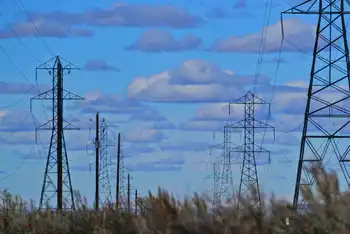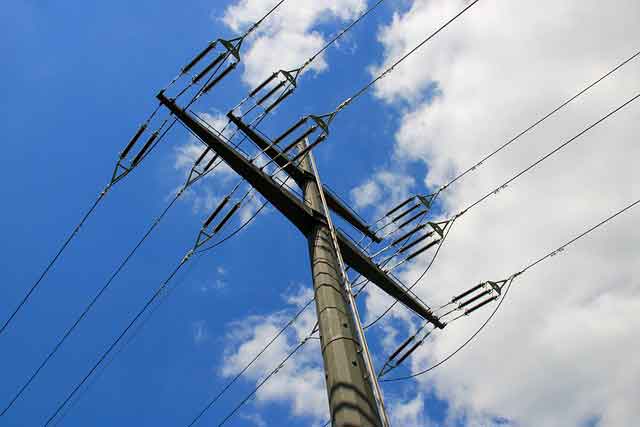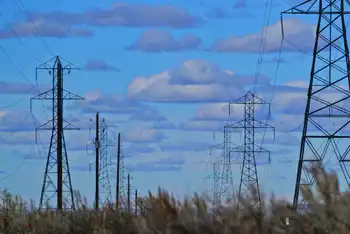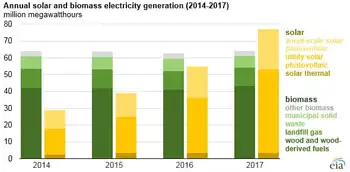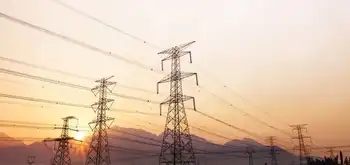Massive solar PV power plant opens
By Business Wire
NFPA 70e Training
Our customized live online or in‑person group training can be delivered to your staff at your location.

- Live Online
- 6 hours Instructor-led
- Group Training Available
First Solar developed and built the 21-megawatt (MW) power plant in Blythe, Calif., which was acquired last month by NRG through its wholly owned subsidiary NRG Solar. Electricity generated by the solar facility is being sold to Southern California Edison (SCE) under a 20-year power purchase agreement.
Located in Riverside County about 200 miles east of Los Angeles, the Blythe plant is the largest thin film PV project in the United States and is five times the size of the next largest PV project in California. NRG estimates that at peak capacity, the project can supply the power needs of almost 17,000 homes while helping California meet its renewable energy goals. Approximately 175 people built Blythe during its three-month construction and installation period.
“It is no surprise that America’s largest thin film solar project was built right here in California, where my Administration has successfully created a climate where green businesses can thrive,” said California Governor Arnold Schwarzenegger. “It is forward-thinking businesses such as First Solar that will help California reach its nation-leading greenhouse gas reduction and Renewable Portfolio Standard goals, as well as create the new green jobs that will help spur our economic recovery.”
“Solar is the great untapped resource in California, and we are pleased to be part of this significant milestone for solar development in our state,” said Marc Ulrich, SCE vice president, Renewables and Alternative Power. “Bringing this power to the grid helps SCE maintain its position as the nation’s leading utility for renewable energy.”
“California, as it has in many arenas, is leading the way in encouraging large-scale clean energy sources,” said David Crane, NRG Energy President and CEO. “NRG, through our association with pioneers like First Solar and forward-thinking companies like SCE, seeks to help clean our air while stocking our country’s clean energy economic growth through commercial implementation of solar technology.”
First Solar expanded its offerings in California in 2008. The Blythe plant is a model for First Solar’s future large-scale solar developments. “The development, project finance and construction of this solar plant demonstrate First Solar’s capabilities in utility scale projects,” said Bruce Sohn, president of First Solar. “With a three-month build-out, we are pleased to be bringing it online ahead of schedule.”
Using First Solar’s industry-leading thin film PV panels that convert sunlight directly into electricity with no water consumption during operation, the Blythe plant will generate over 45,000 megawatt-hours of clean, affordable, sustainable electricity per year. This solar generation will avoid approximately 12,000 metric tons of carbon dioxide emissions annually – the equivalent of taking over 2,200 cars off the road. First Solar will provide operations and maintenance services at Blythe under a long-term contract with NRG.





